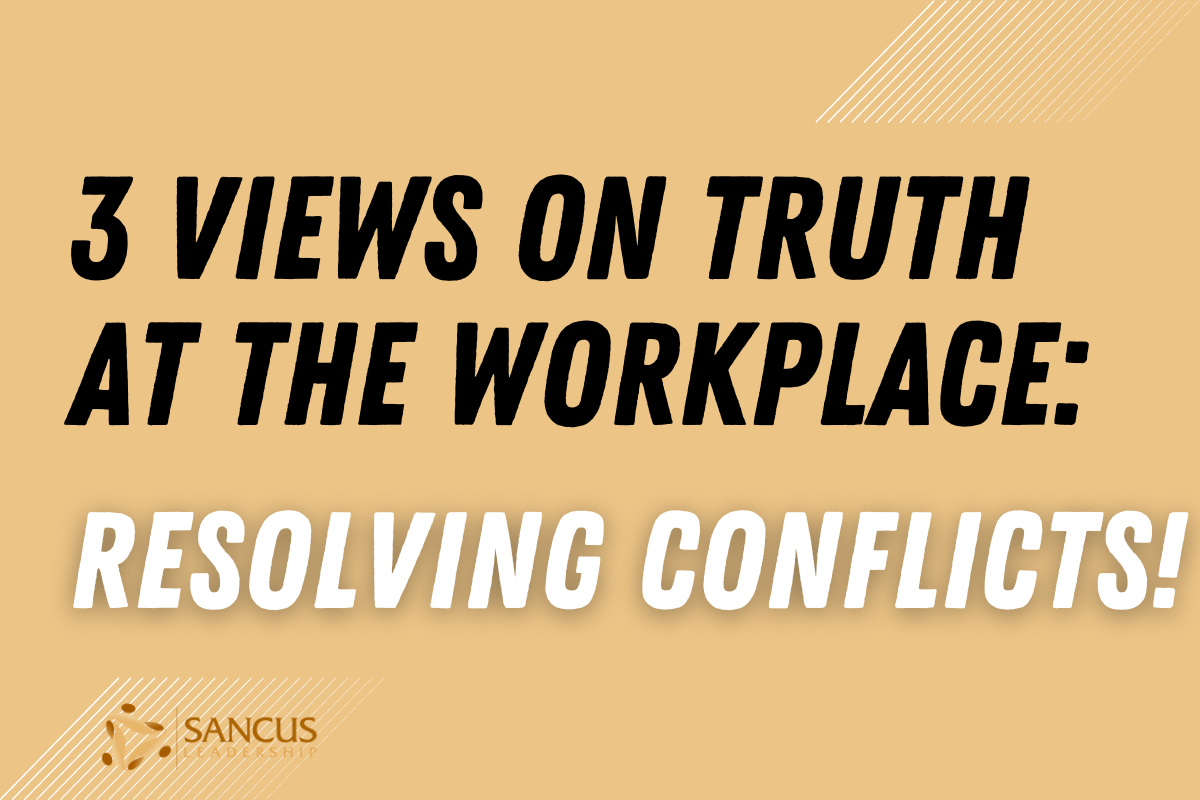Passive communication is commonly deemed a benign and harmless communication style. Most people assume that it can do no significant damage in the workplace, especially since people who adopt this behavior are typically shy, quiet, and non-confrontational. However, there’s actually more to this than meets the eye.
Passive communication impacts business and health in many ways. It can improve your physical and mental wellness and enhance the team’s productivity. On the other hand, it can also adversely affect your overall well-being, especially if you consistently refuse to air out your thoughts to the team.
In this article, we will talk about the different ways passive communication can affect your physical and mental well-being, including boosting your morale and job satisfaction, as well as possibly exposing you to risks of developing serious diseases. We will also discuss how this communication style can help promote the business’s interests and, if not checked, how it can make your team unproductive and inefficient. Let’s start!
What is really the importance of language in small team leadership?
Is Passive Communication Impactful in the Workplace?
Passive communication is impactful in the workplace because it can influence how other people perceive you and how you and the rest of the team can work systematically toward the attainment of common objectives.
Like other communication styles, it has its pros and cons and it’s worth looking closely into these to determine just how pivotal this communication style can be.
Being a passive communicator (instead of assertive) can also have an impact on your well-being. Constantly keeping your emotions in check can affect various aspects of your physical wellness. Moreover, holding in your opinions and ideas may influence your mental health. On the other hand, maintaining a tranquil, harmonious atmosphere around you may also do wonders for your overall well-being.
Impact of Passive Communication on Business
Passive communicators are typically those who like sitting on the sidelines, preferring to never be in the spotlight at the workplace. They tend to blend in with the team, rarely opposing anyone’s views and quickly agreeing with practically anything anyone has to say. They have trouble saying “no” and prefer not to share their own thoughts, feelings, and ideas.
This style of communication in the workplace might seem benign, but it has its own advantages and downsides. Here are some of them:
Passive Communication Pros
Passive communication can be advantageous in the workplace, as may be seen below.
Helps Avoid Conflicts
Passive communicators do not like confrontational discussions. Since they seldom oppose anybody, they help keep conflicts at bay. They also aid in diffusing tension within the team. If they have different views or contradicting ideas, they tend to keep these to themselves to keep the peace.
As a result, the team becomes more collaborative and productive. Delays due to disputes are avoided, so more tasks are accomplished on time. Most employees appreciate how cooperative and amiable passive communicators are, and this is evident in how most are eager to collaborate with them.
Helps De-Escalate Sticky Situations
When there are disputes within the team, among the best people you can turn to for help in de-escalating the situation are passive communicators. They will rarely take sides and will lend an air of calm to the tense atmosphere. Leading and managing a team made up of different personality types is challenging, especially when conflicts are happening, but a leader must know how to take advantage of their strengths and weaknesses.
Passive communicators typically act and talk with nonchalance, which can easily rub off on agitated and irate teammates. They can quickly help subdue their teammates by exhibiting impartiality and open-mindedness.
Aids in Promoting Teamwork
Passive communicators are keen on not offending anyone or hurting other people’s feelings. They would much rather keep their opinions to themselves than risk upsetting someone. This type of behavior helps make people feel safe around passive communicators. Teammates like working with them because they know that there won’t be a lot of drama and glitches along the way.
Passive Communication Cons
On the flip side, passive communication can be negative in the following ways:
May Make You Feel Constantly Overwhelmed
Passive communicators are sometimes seen as people-pleasers since they find it difficult to say “no.” As a result, there’s a tendency for them to take on more responsibilities than they can efficiently handle. As a leader, they can be quite tricky to assess, so it’s important that they are always made aware of the value of limitations and boundaries.
To add fuel to the fire, passive communicators don’t speak up about having too much on their plate since they don’t want to cause any inconveniences or trouble. They end up feeling frustrated and overwhelmed, and harboring notions that there are unfair treatments and unjust task allocations in the workplace.
You May Often Be Overlooked
Since passive communicators rarely speak up during meetings and discussions, they may often be overlooked, disregarded, or even forgotten during crucial moments in the workplace.
It might be during role assignments, group consultations, or even when there are promotions up for grabs.
Growth opportunities might slip by simply because you don’t share your opinions and thoughts, even during critical events in the workplace. Others might view you as indifferent and completely uninterested in some of the organization’s issues and activities, and they might assume that these opportunities don’t matter to you.
Impact of Passive Communication on Health
Passive communicators are usually the quiet, shy, and introverted people in the team. They may seem wholesome and amiable, but that doesn’t mean that their needs and wants are not as important as everyone else’s. Usually, passive communicators are calm and disengaged, but they may be harboring some intense feelings inside.
Your communication style can have an impact on your health and wellness. Here are some of the most inconspicuous effects of passive communication:
Passive Communication Pros
Passive communication can be beneficial to one’s well-being. Here’s how.
Serenity and Satisfaction
Contrary to what others might assume, some passive communicators are quite intentional with their words and actions. They prefer being out of the spotlight. They choose not to voice out their opinions and ideas. In this regard, such employees might enjoy a sense of calm and contentment in their personal and professional lives.
When people are happy in their environment, their mental health is positively affected. They are not prone to experiencing mental issues and breakdowns. They take better care of themselves since they’re keen on keeping their physical wellness in top form.
Passive Communication Cons
Conversely, passive communicators may experience the following downsides:
Anxiety and Depression
Passive Communicators don’t express their opinions and feelings. They let their own needs and wants take a back seat while allowing those of others to take front and center. This results in feelings of injustice and unfair treatment. Eventually, when these emotions remain consistently unexpressed, the employee might experience anxiety and depression.
Additionally, passive communicators listen more than they speak. Their teammates may eventually get used to this arrangement and end up completely disregarding their opinions and ideas pertaining to various issues in the workplace. This leads to lower self-esteem, frequent self-deprecation, and other mental issues.
Anxiety and depression are associated with these adverse effects:
- Cardiovascular problems
- Hypertension
- Obesity
- Digestive issues
- Respiratory diseases
- Weak immune system
- Insomnia
- Chronic fatigue
Loss of Control
Passive communicators are typically shy. They speak in a soft voice and rarely maintain eye contact. They are often unseen and unheard in the workplace, and when this becomes the norm, they may eventually feel utterly insignificant and neglected. They may start feeling as if they have lost control over their personal and professional lives.
Buildup of Resentment
Angry outbursts, sometimes completely disproportionate to the circumstances that triggered the response, may become a common occurrence when passive communicators begin feeling unhappy about their situation and reputation in the organization. They might feel a sense of shame or guilt after the explosive reaction, but will most probably go back to being a passive communicator after the incident.
Key Takeaways
Passive communicators, although seemingly mild and amicable, can greatly affect the atmosphere in the workplace. They can bring about a sense of calm and may influence their teammates to adopt a similar cooperative stance in the workplace. This may result in an improvement in the team’s overall well-being, as well as a boost in the organization’s productivity and efficiency.
However, passive communication can also adversely affect health and wellness. If you get too acquainted with this style, you run the risk of developing health complications, such as hypertension and cardiovascular issues, and you might experience some mental health challenges.











